Richard Branson in space: What you need to know about Virgin Galactic VSS Unity mission
Richard Branson has successfully reached space aboard his Virgin Galactic rocket. Here’s what you need to know about the flight.
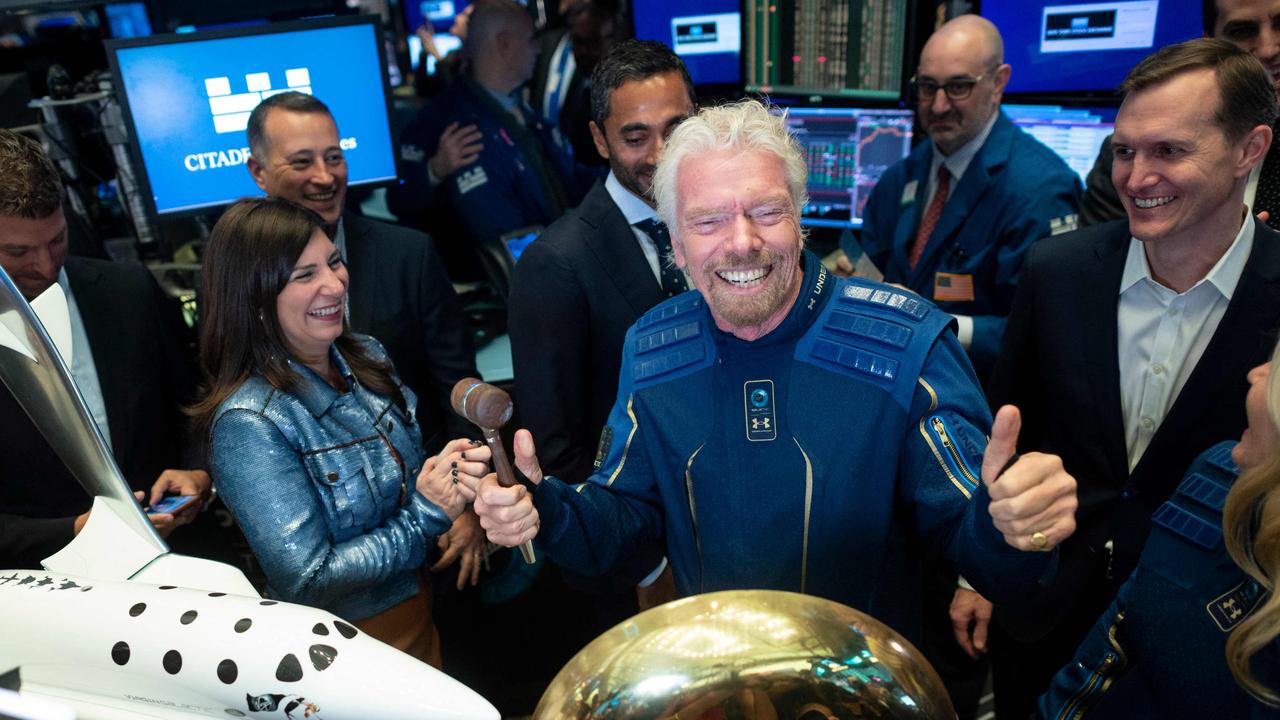
He’s always dreamt of it, and in 2004 founded his own company to make it happen.
British billionaire Richard Branson, 77, took off from a base in New Mexico aboard a Virgin Galactic vessel bound for the edge of space.
The Virgin Galactic spacecraft carrying Branson, two pilots and three other passengers, has reached space, the company said on Sunday, local time.
A massive carrier plane made a horizontal takeoff from Spaceport, New Mexico at around 8:40am Mountain Time (12:40am AEST) and ascended for around an hour to an altitude of 15 kilometres.
The mothership then dropped a rocket-powered spaceplane called VSS Unity, which ignited its engine and ascended at Mach 3 beyond 80 kilometres of altitude, which marks the boundary of space according to the United States.
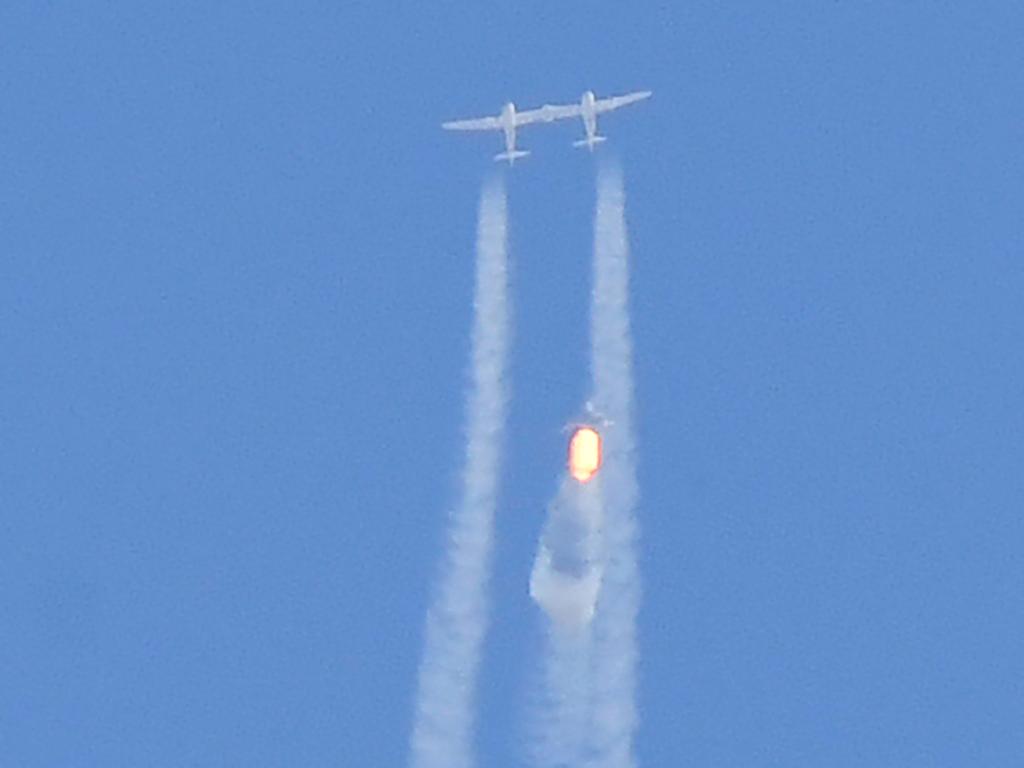
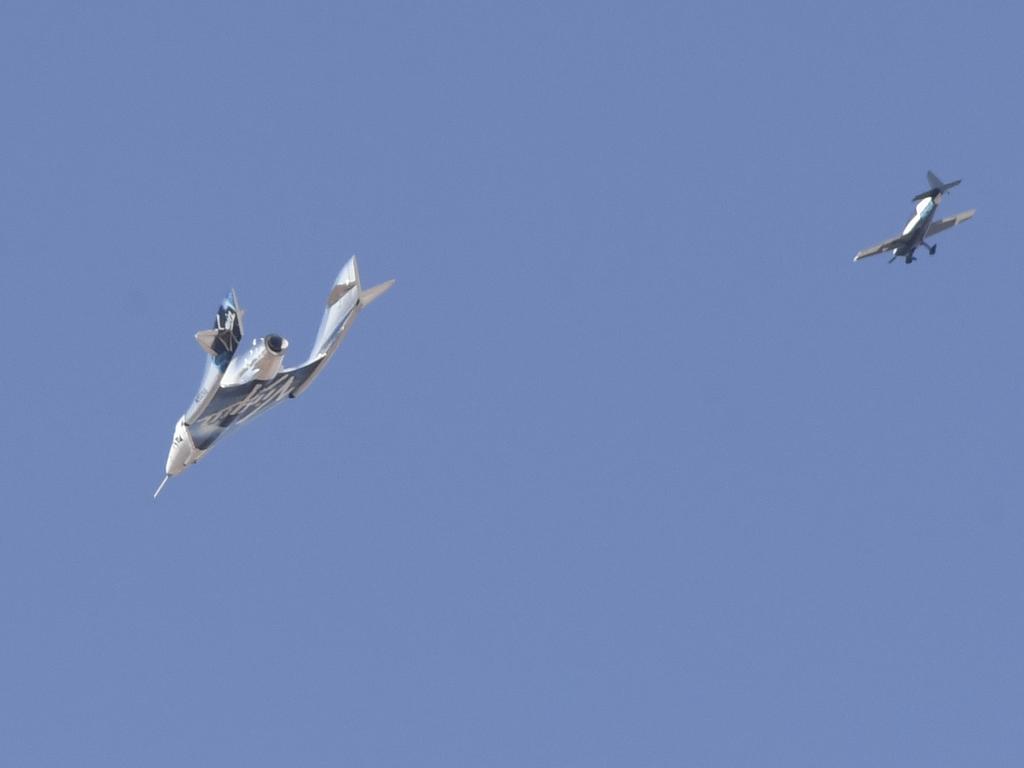
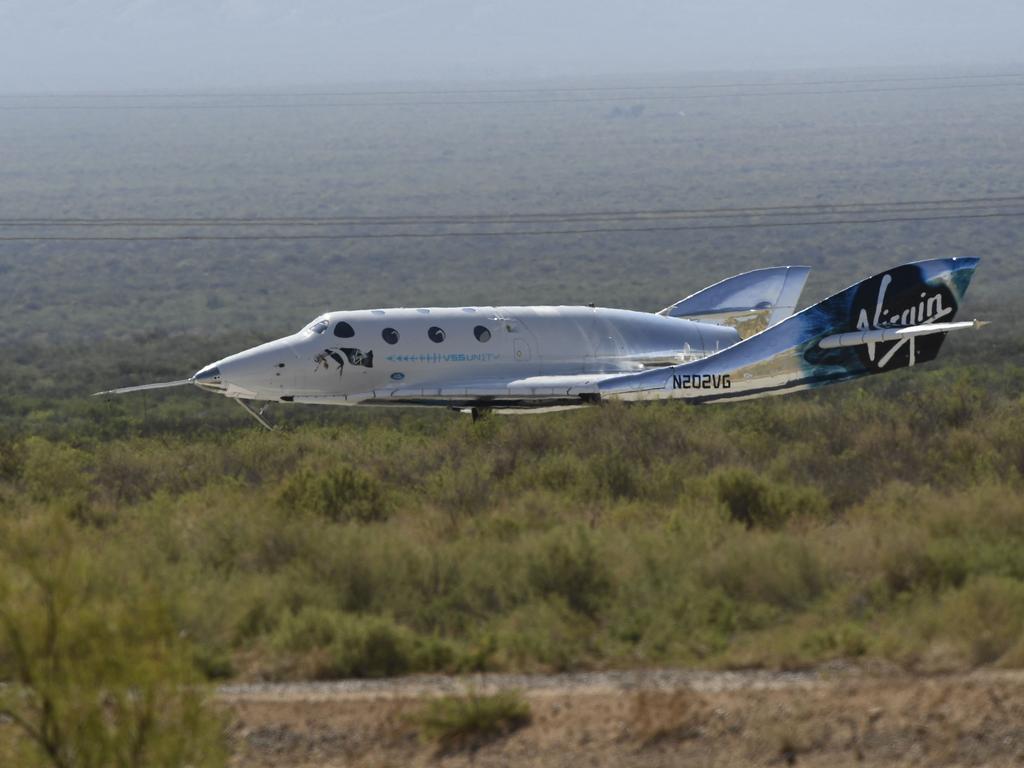
The passengers can unbuckle and experience a few minutes of weightlessness, while admiring the curvature of Earth from the ship’s 17 windows.
The boundary of space is defined as above 80 kilometres in altitude, according to the United States.
Branson flew into space in a voyage he described as the “experience of a lifetime” — and one he hopes will usher in an era of lucrative space tourism.
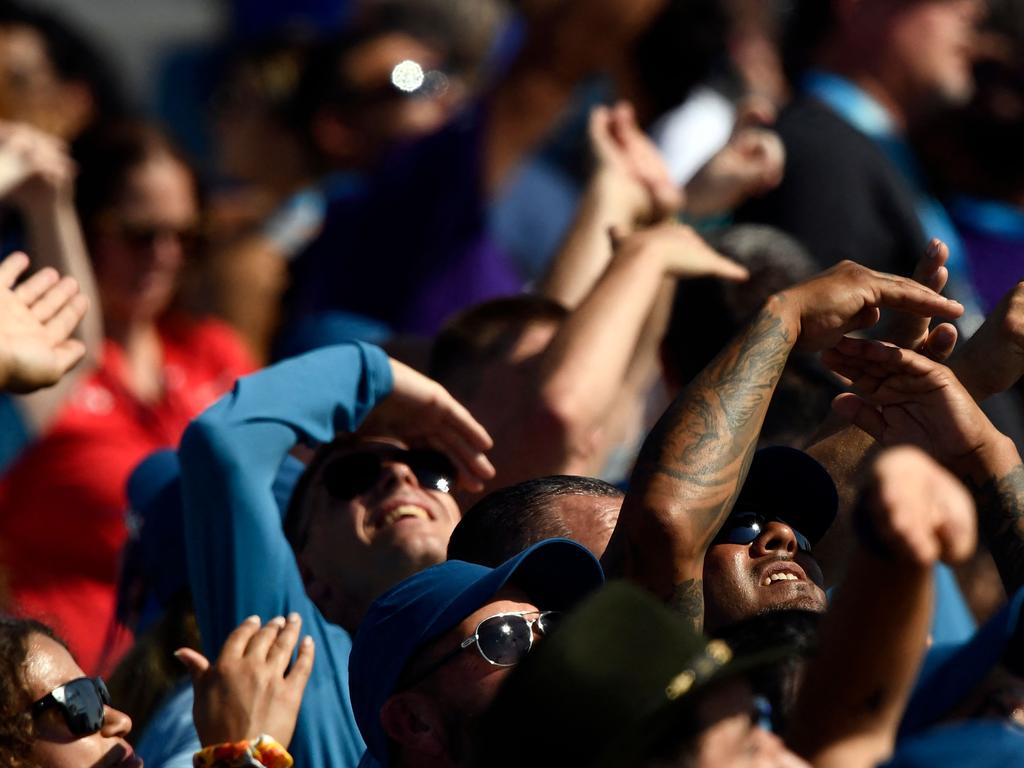
The mission’s success allowed the swashbuckling septuagenarian to one up fellow tycoon Jeff Bezos — who owns space company Blue Origin, and is set to launch on July 20 — in the race to the final frontier.
“I have dreamt of this moment since I was a kid, but honestly nothing could prepare you for the view of Earth from space,” Branson said, grinning during a post-flight ceremony where he and crewmates received their astronaut wings, before popping open the champagne to celebrate.
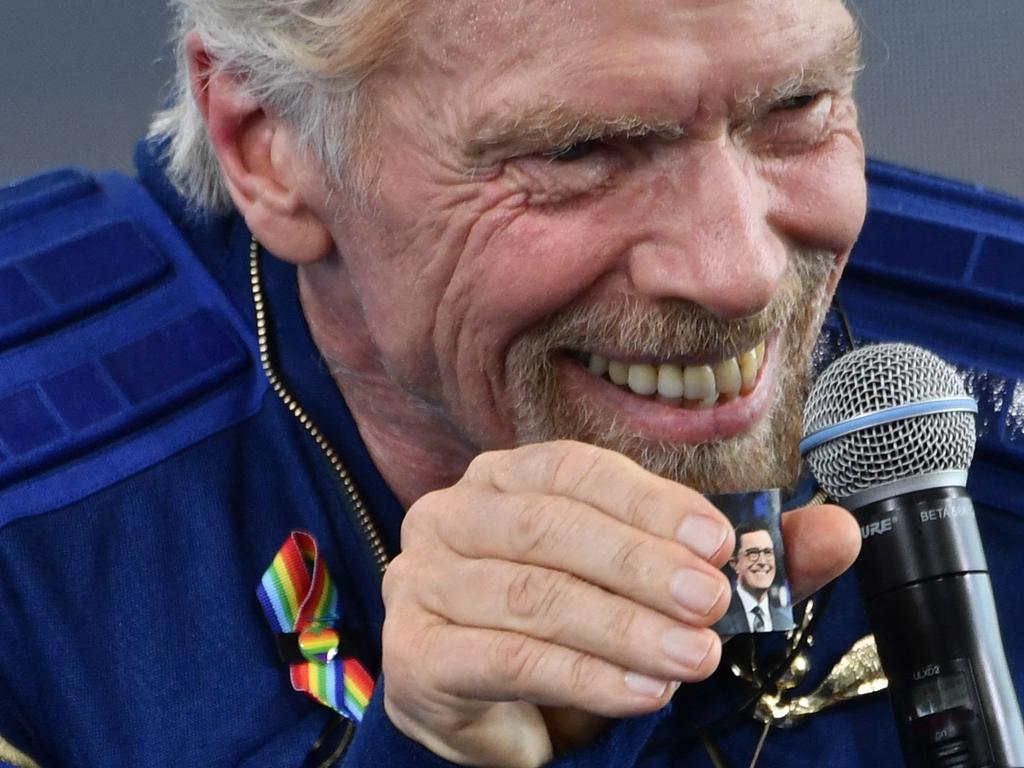
Branson, three fellow passengers and two pilots (all Virgin employees) breached the US-recognised boundary of space, reaching an altitude of 86 kilometres and experiencing weightlessness for a few minutes aboard the VSS Unity.
The spaceplane then lowered its wings and glided down to the ground at around 9:40am Mountain Time (12:40am AEST), about an hour after it had taken off attached to the belly of a massive carrier plane, which ascended 15 kilometres before dropping its payload.
The rocket-powered Unity achieved a top speed of Mach 3 as it soared to space.
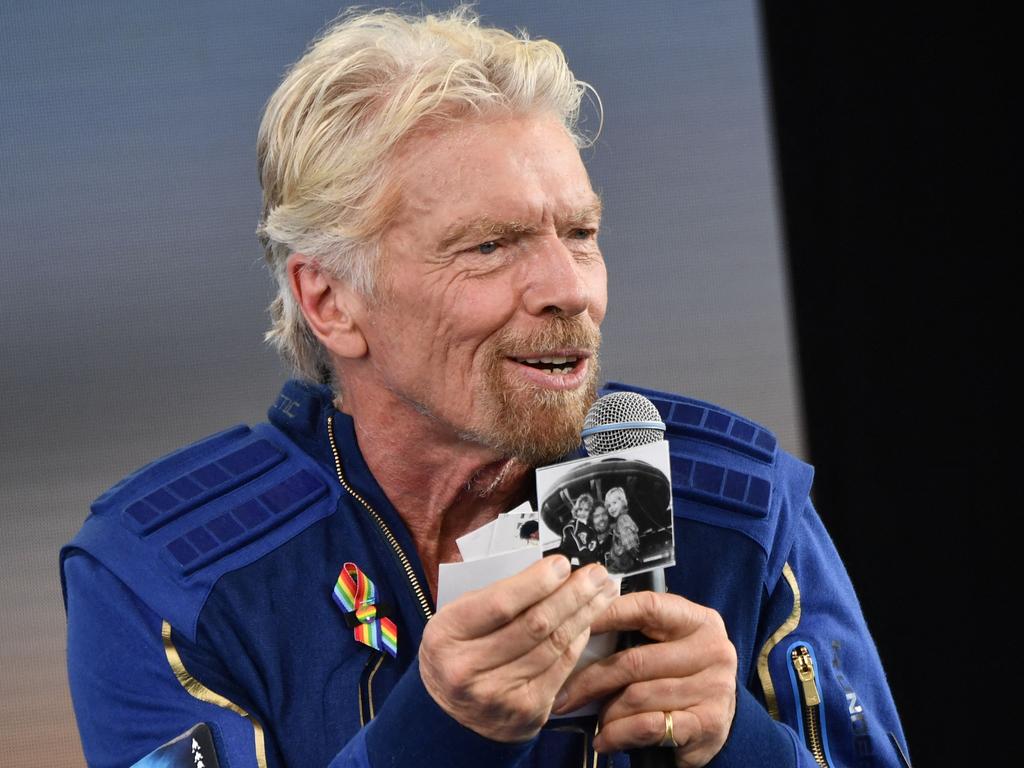
“Congratulations to all our wonderful team at Virgin Galactic for 17 years of hard, hard work to get us this far,” Branson said during an intermittent live feed as Unity descended, calling it the “experience of a lifetime.” The patchy video transmission was the only blemish on an otherwise drama-free flight, and more in-flight footage is expected to be released later on.
Branson scooped up his grandchildren and hugged loved ones after the trip.
SpaceX boss Elon Musk, who came to watch the flight, quickly tweeted “Congratulations, beautiful flight!” Branson, the consummate showman, also unveiled a Willy Wonka-esque competition for space enthusiasts to win two free tickets on Virgin Galactic flights through the website Omaze — and a persona guided tour of Spaceport America.
“I promise lots of chocolate,” he joked, comparing himself to the beloved Roald Dahl character.

After Sunday, Virgin Galactic plans two further flights, and then the start of regular commercial operations from early 2022.
The ultimate goal is to conduct 400 flights per year.
Some 600 tickets have already been sold to people from 60 different countries — including Hollywood celebrities.
Bezos, the richest person in the world, is due to fly nine days from now on Blue Origin’s New Shepard rocket.
Blue Origin posted an infographic Friday boasting the ways in which the experience it offers is superior.
Bezos posted a photo of Unity on his Instagram page after Branson’s trip, offering his congratulations.
“Can’t wait to join the club!” he wrote.
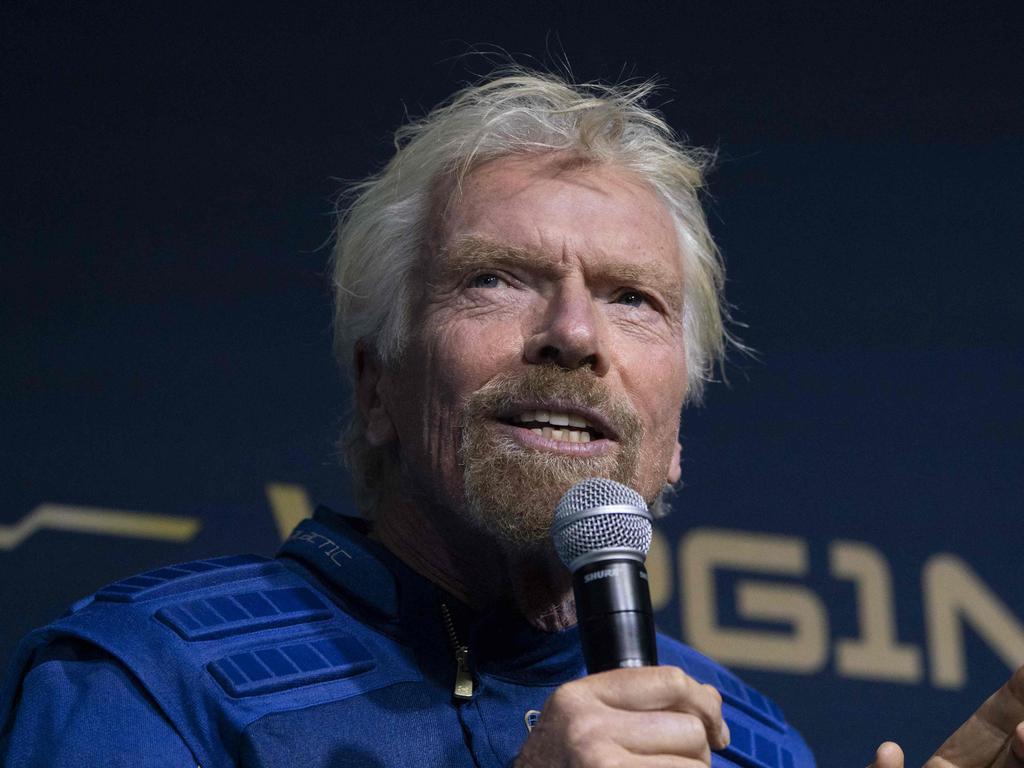
HOW CAN I WATCH ITHE FLIGHT
Virgin Galactic did not release a specific time for VSS Unity’s launch, however, a webcast of the event hosted by comedian Stephen Colbert began at 11pm AEST.
It could take off soon after, or in the early hours of Monday morning.
You can watch it below:
HOW DOES THE FLIGHT WORK?
A massive carrier plane — VMS EVE — will take off from a horizontal runway, flown by two pilots, gaining altitude for about an hour.
Below this plane hangs the spaceship VSS Unity — a SpaceShipTwo-class suborbital rocket-powered spaceplane.
After climbing to 50,000 feet (15 kilometres), VSS Unity, which is about the size of a private jet, will be dropped and then ignites its rocket-powered engine to ascend at Mach 3 beyond the 80 kilometres of altitude considered the edge of space by US agencies.
Once the rocket engine is cut off, passengers can unbuckle and experience a few minutes of weightlessness, while admiring the curvature of Earth from the ship’s 17 windows.
After peaking at around 55 miles of altitude, the ship re-enters the thick part of the atmosphere and glides back to the runway.
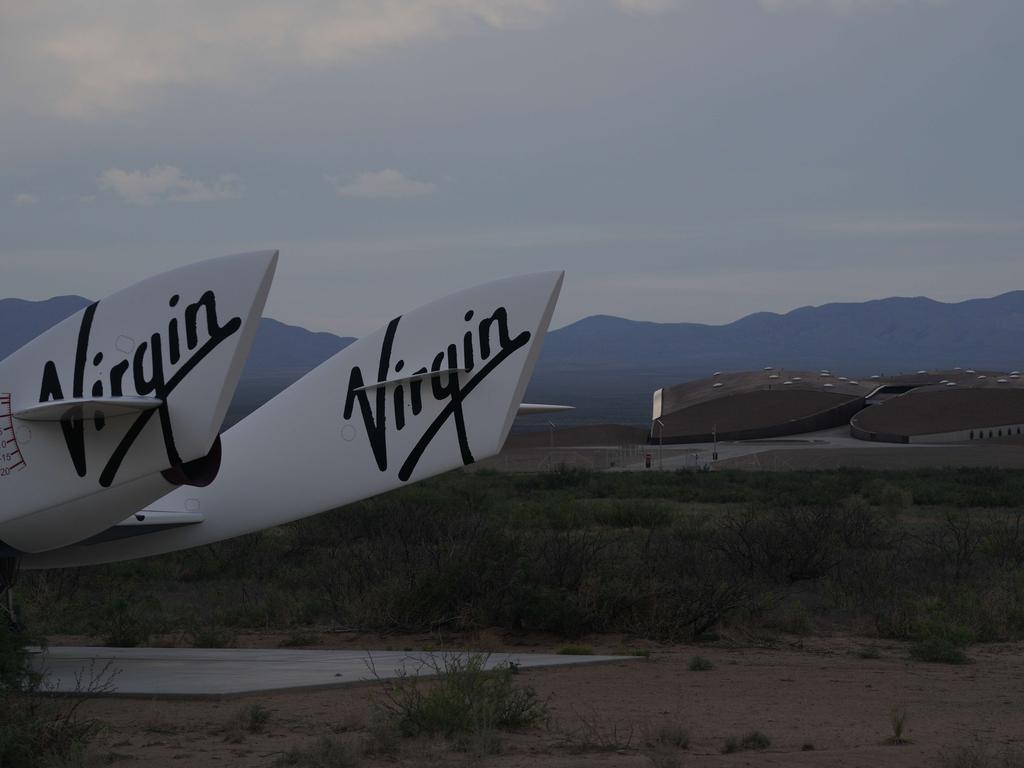
WHO WAS ABOARD THE FLIGHT?
Branson and three others will be taking part. They include:
Beth Moses: Virgin Galactic’s Chief Astronaut Instructor, who has flown to space on VSS Unity once before during a 2019 test flight. Moses, who will be responsible for training the company’s future customers, will ensure her fellow passengers stay safe and will also oversee, collect data and oversee “the safe and efficient execution of the test flight objectives.”
Colin Bennett: Virgin Galactic’s Lead Operations Engineer. Bennett will evaluate cabin equipment, procedures, and experience during both the boost phase and in the weightless environment.
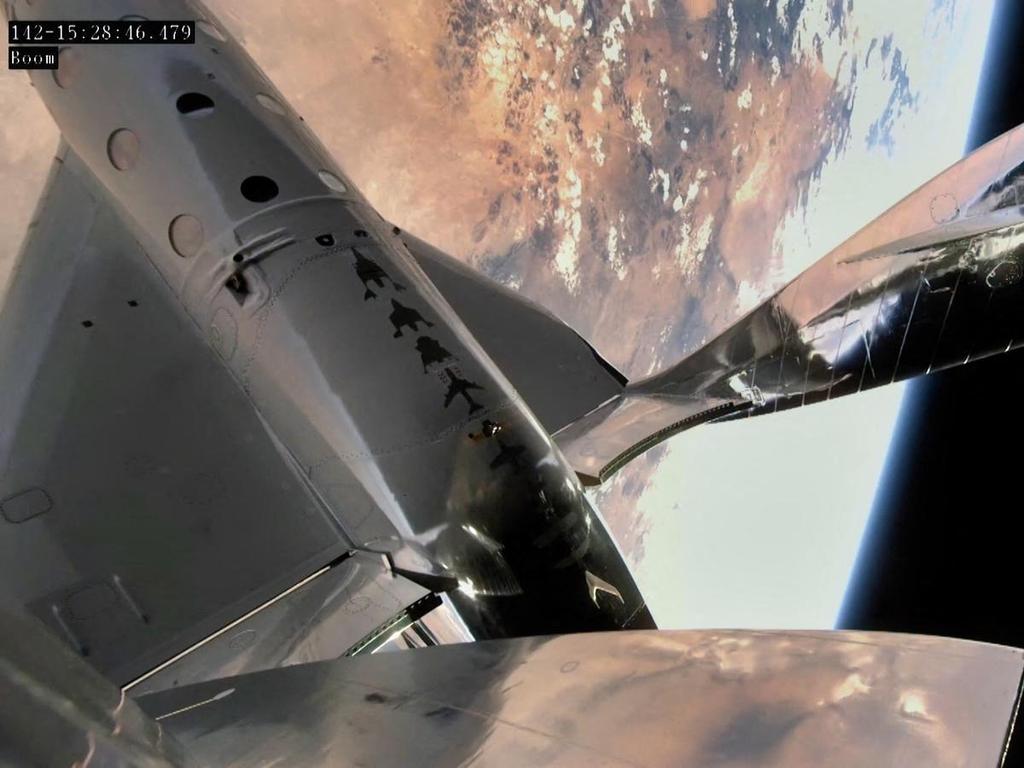
Sirisha Bandla: Virgin Galactic’s Vice President of Government Affairs and Research. Bandla will evaluate the human-tended research experience, using an experiment from the University of Florida that requires several handheld fixation tubes that will be activated at various points in the flight profile.
Branson’s official role is to evaluate the private astronaut experience to enhance the journey for future clients.
HAS VSS UNITY BEEN INTO SPACE BEFORE?
VSS Unity has successfully reached space three times, in 2018, 2019 — which included the first crew member who wasn’t a pilot, and finally May this year.
However, tragedy has rocked Virgin Galactic previously.
The company’s space dream almost came to an end in 2014 when an in-flight accident of its VSS Enterprise vessel caused the death of a pilot and considerably delayed the program.
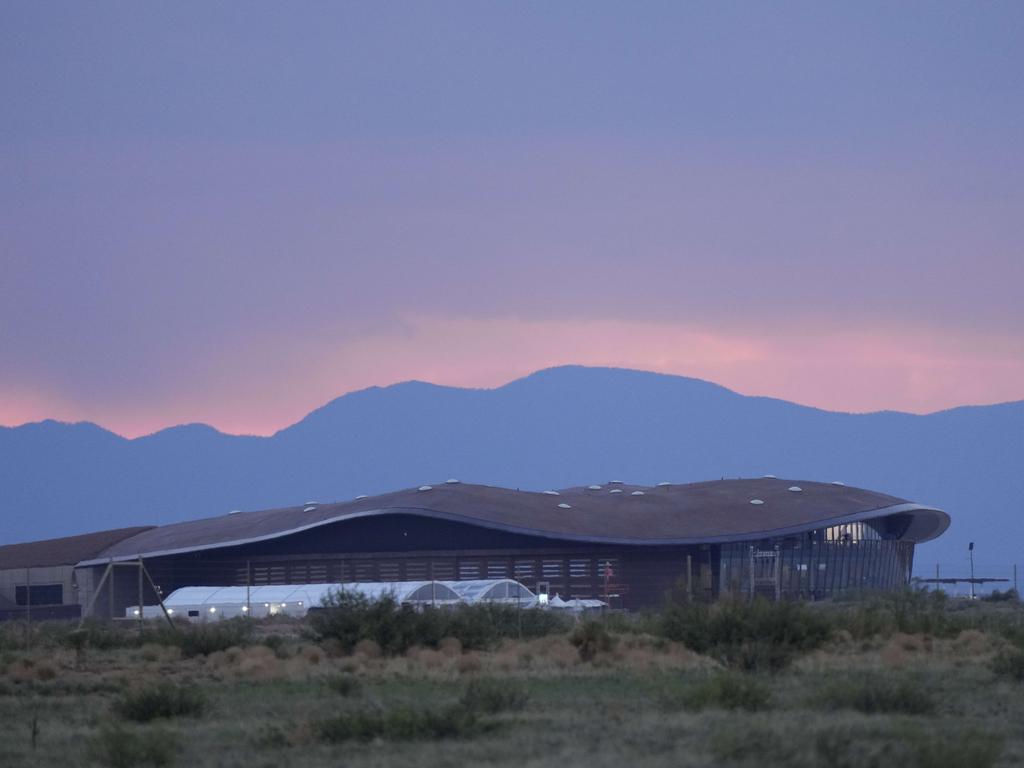
WHAT HAPPENS AFTER THIS TEST FLIGHT?
Virgin Galactic plans two further flights, then the start of regular commercial operations from early 2022. The ultimate goal is to conduct 400 flights per year.
Some 600 tickets have already been sold to people from 60 different countries — including Hollywood celebrities — for prices ranging from $200,000 to $250,000.
And though, according to Branson, “space belongs to us all,” the opportunity for now remains the preserve of the privileged.
“When we return, I will announce something very exciting to give more people the chance to become an astronaut,” he promised.
BRANSON VS BEZOS
Jeff Bezos is due to fly on July 20 on Blue Origin’s New Shepard rocket.
Bezos is 57 years old and the world’s richest man. A science fiction fan, he founded Blue Origin in 2000 and recently stepped down as Amazon CEO to focus on space projects and other endeavours.
Branson, who heads the Virgin Group conglomerate that includes everything from entertainment to financial services to telecoms, founded Virgin Galactic in 2004. The 70-year-old’s previous daredevil exploits include crossing the Pacific in a hot-air balloon and navigating the English Channel in an amphibious vehicle.
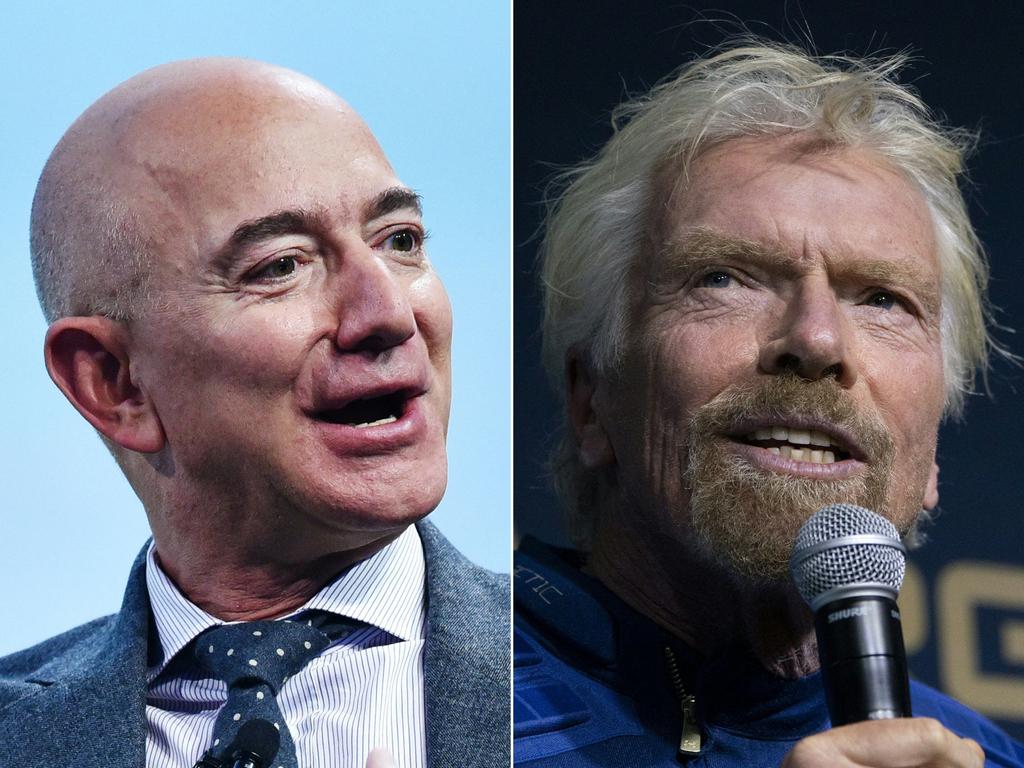
Virgin Galactic’s spacecraft is not a classic rocket. It’s attached to the belly of a large carrier aeroplane that takes off from a runway.
The spacecraft can accommodate two pilots and up to six passengers. The cabin has 12 large windows and 16 cameras
Blue Origin in contrast is more of a classic rocket experience, with a vertical blast-off that accelerates to more than Mach 3, or three times the force of Earth’s gravity.
Once it reaches the proper altitude, a capsule separates from the booster and then spends four minutes at an altitude exceeding 60 miles (100 kilometres), during which time those on board experience weightlessness and can observe the curvature of Earth.
The booster lands autonomously on a pad two miles from the launch site, and the capsule floats back to the surface with three large parachutes that slow it down to about a mile per hour when it lands.
The capsule has six seats and six large windows.
Originally published as Richard Branson in space: What you need to know about Virgin Galactic VSS Unity mission


